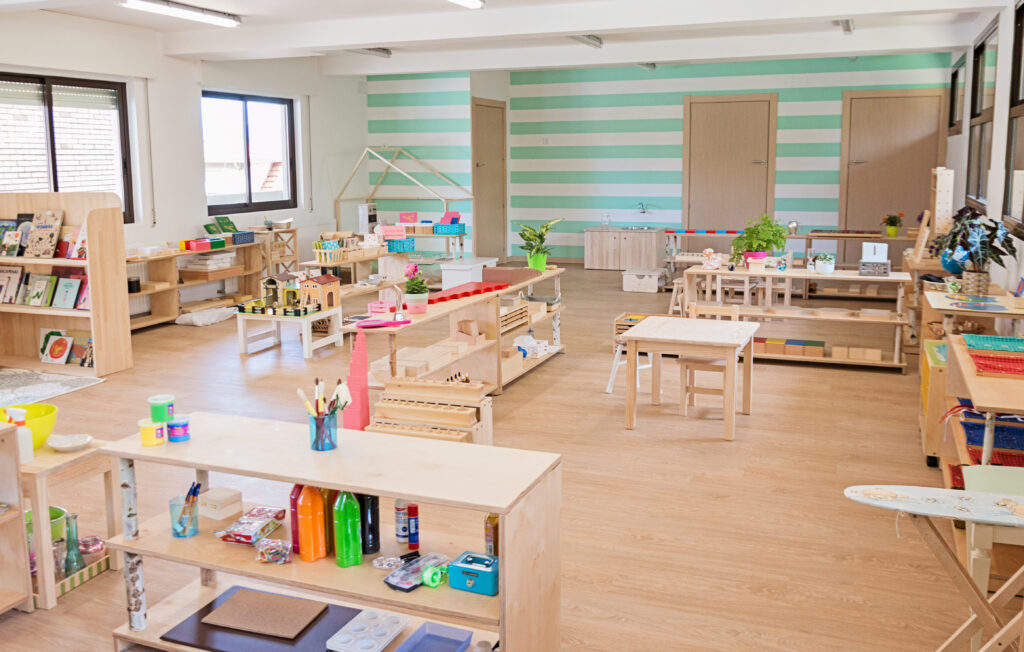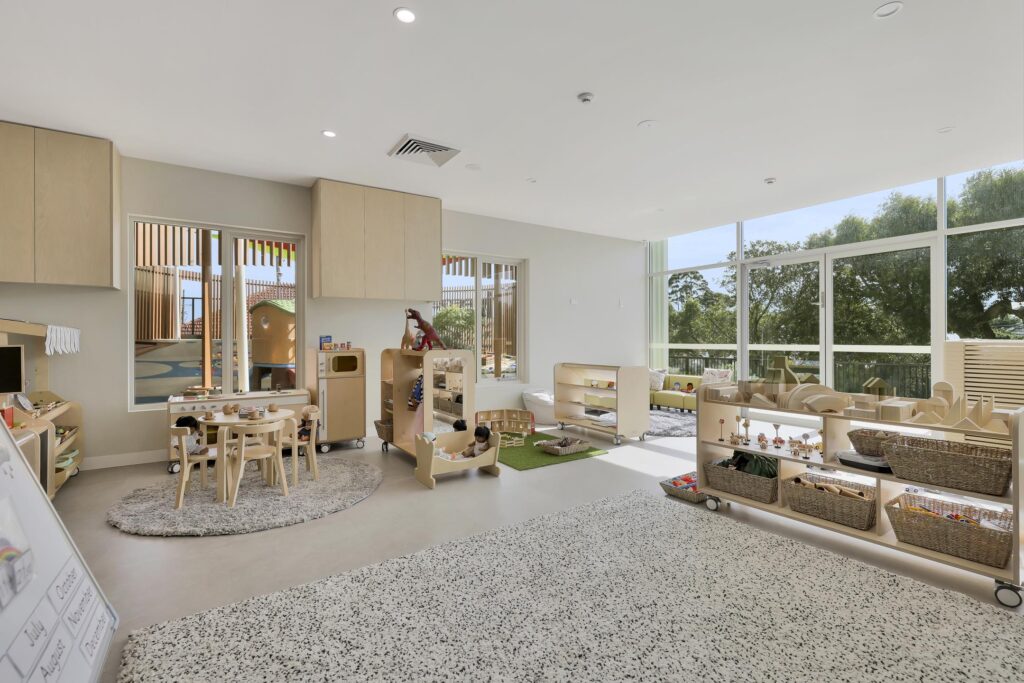A well-organized classroom is not only visually appealing but also crucial for creating a conducive learning environment. Children’s furniture plays a significant role in promoting order and structure within the classroom setting. In this blog, we explore the ways in which children’s furniture contributes to organization, enabling educators to foster a productive and harmonious learning atmosphere.
- Defined Spaces and Zones: Children’s furniture helps define different areas within the classroom, creating distinct zones for various activities. With appropriately sized tables, desks, and storage units, educators can designate areas for group work, independent study, reading corners, and art stations. This organization allows children to understand and adapt to different learning contexts easily.
- Storage Solutions: One of the primary benefits of children’s furniture is its ability to provide efficient storage solutions. Cabinets, shelves, cubbies, and bookcases help keep classroom materials, books, and supplies neatly organized and easily accessible. With designated storage spaces, children learn the importance of tidiness, responsibility, and taking care of shared resources.Solutions: One
- Orderly Arrangement of Materials: Children’s furniture helps ensure that learning materials are well-organized and easily retrievable. With the use of bins, trays, and shelves, educators can categorize and arrange educational resources, manipulatives, and learning aids. This arrangement not only promotes efficiency during lessons but also teaches children the importance of order and helps develop their organizational skills.

- Personalized Spaces for Students: Children’s furniture allows for personalized spaces for each student, fostering a sense of ownership and responsibility. Providing individual desks or workstations with storage compartments gives children a designated area to keep their belongings, assignments, and personal items. This personal space promotes a sense of organization and empowers students to take charge of their learning materials.
- Traffic Flow and Classroom Management: Strategic placement of children’s furniture helps facilitate smooth traffic flow and effective classroom management. Properly arranged desks and tables create pathways that allow students and educators to move around the classroom without disruptions. This organization minimizes distractions, enhances communication, and supports seamless transitions between activities.
- Visual Appeal and Aesthetics: Children’s furniture, when aesthetically pleasing, creates an inviting and engaging learning environment. Bright colors, playful designs, and visually appealing furniture capture children’s attention and motivate them to keep their surroundings tidy. By fostering an appreciation for aesthetics, educators encourage children to take pride in their learning environment and maintain order.
- Classroom Routines and Procedures: Children’s furniture aids in establishing and reinforcing classroom routines and procedures. From designated seating arrangements to materials placement, consistent organization helps children develop a sense of structure, predictability, and familiarity. By following established routines, children gain a sense of security, allowing them to focus on their learning tasks more effectively.

Children’s furniture is an essential element in creating an organized and efficient classroom environment. With defined spaces, efficient storage solutions, orderly arrangement of materials, personalized spaces for students, facilitated traffic flow, visual appeal, and support for classroom routines, children’s furniture promotes order and structure. By incorporating well-designed furniture into the classroom, educators lay the foundation for an environment that fosters productivity, cooperation, and a sense of responsibility among students.


